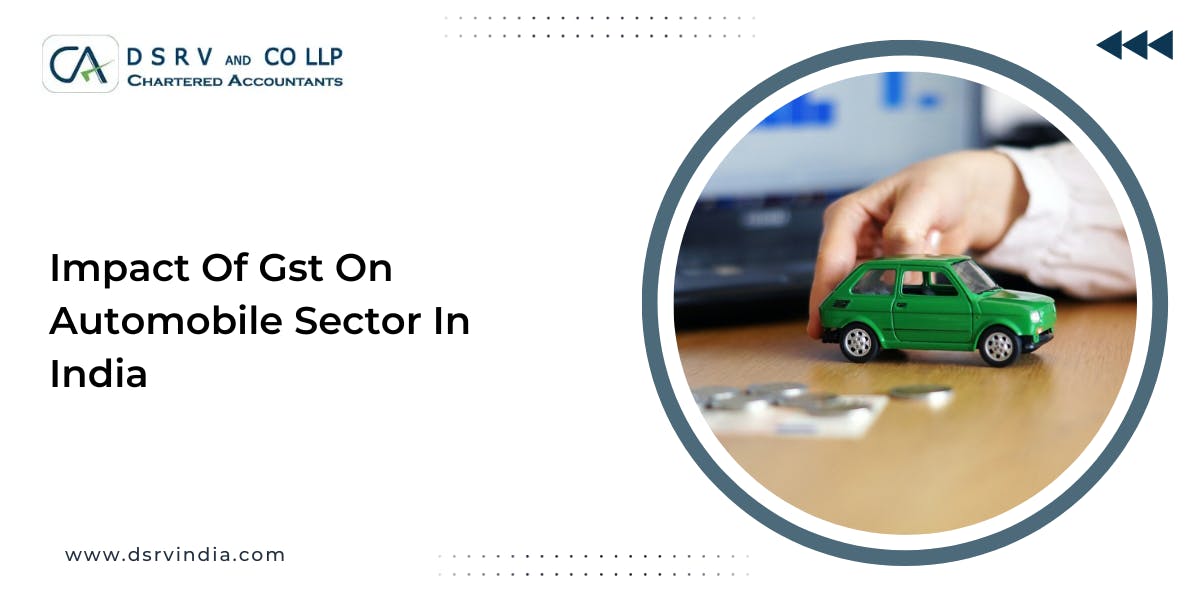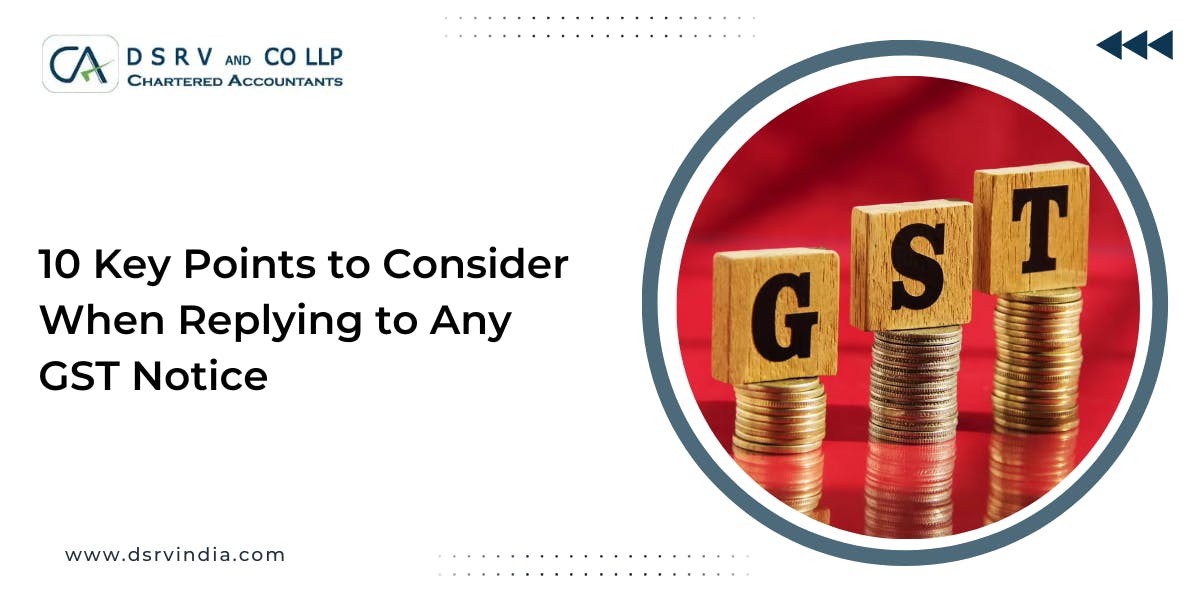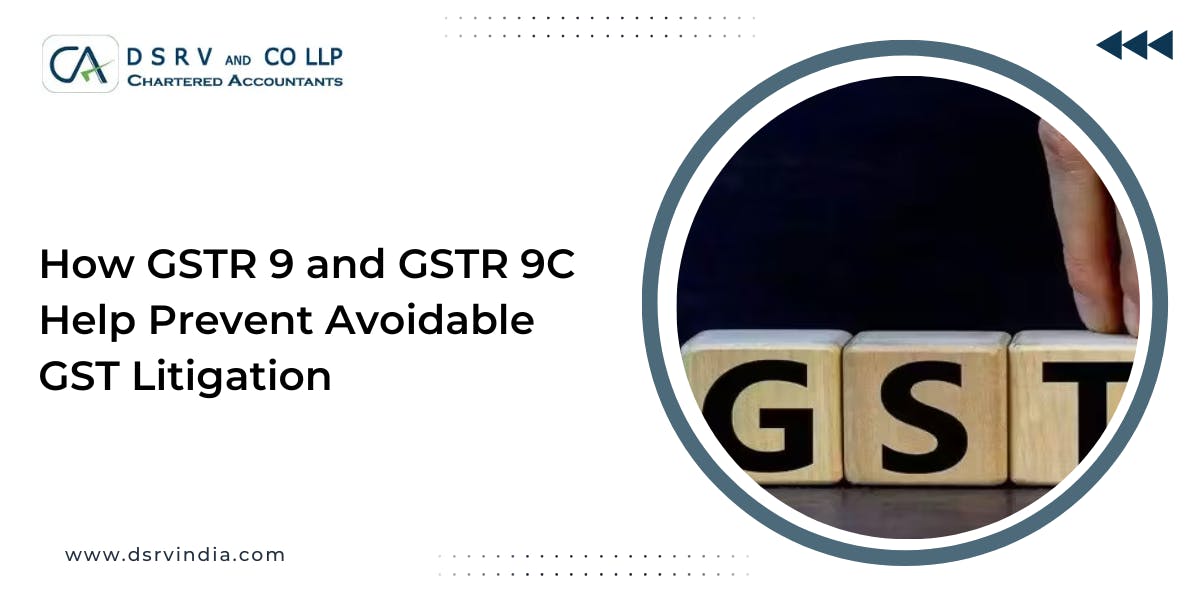Read This Article Before Filing Your IT Return - WHAT DOCUMENTS ARE REQUIRED FOR FILING INCOME TAX RETURN?
Discover The GST Rate On Automobile Industry
- Under the new GST regime, a 15% tax is levied on motor vehicles designed to transport up to 13 people, including the driver.
- Electric vehicles with an engine capacity of less than 1200cc and a length of less than 4000 mm that use either a spark-ignition internal combustion reciprocating piston engine and electric motor or a compression-ignition internal combustion piston engine (diesel or semi-diesel) and electric motor for propulsion are subject to a 15% tax.
- A luxury car powered by petrol, liquefied petroleum gas (LPG), or compressed natural gas (CNG), having an engine capacity of less than 1200cc and a length of less than 4000 mm, is taxed at 18%.
- Diesel-powered vehicles with engine capacities of less than 1500cc and lengths of less than 4000 mm are taxed at 18%, with an additional 3% for three-wheelers.
- Cars in India with engine capacities of less than 1500 cc are subject to a 17% tax.
- The motor vehicle tax rate is 20% for vehicles with engine capacities greater than 1500 cc (except those defined in S. No 52B).
- Sports Utility Vehicles (SUVs) and utility vehicles with engine capacities greater than 1500cc are subject to a 22% GST tax.
- Old and used car, electric cars, and ambulance vehicles are exempted from taxation.
- Refrigerated motor vehicles are taxed at a rate of 18%.
- Special purpose motor vehicles also fall under the category of 18% tax.
- Motor vehicles designed to transport ten or more persons, including the driver, excluding buses used for public transport and exclusively operating on biofuels, incur a rate of 28 % tax.
- Additionally, there is a 28% tax on goods-transporting cars excluding the refrigerated ones.
- The GST rate on automobile spare parts is now 28% which was previously taxed at the rate of 12%.
Must Read : REASONS WHY YOU SHOULD FILE YOUR INCOME TAX RETURN IN INDIA [2023]
A Comprehensive Analysis Of The Impact Of GST Tax On Commercial Vehicle
As an experienced tax adviser, I have seen personally how GST has transformed the commercial vehicle market. Consider the simplified tax system, which has replaced a variety of indirect taxes. Commercial vehicles are subject to multiple GST rates, ranging from 12% to 28%, based on various factors such as vehicle type, capacity, and fuel type. This simplification has increased compliance and reduced operational complexity for businesses involved in the transportation of goods and passengers.
Let us use a simple analogy inspired by driving a car to demonstrate how GST affects commercial vehicles.
Consider GST to be a busy road, and commercial vehicles to be a bunch of cars travelling on it. The journey of GST is similar to the movement of these cars, and it depends on both the sellers and the buyers working together. Imagine commercial vehicles to be the key players in this category of vehicles. Suppliers act as supportive cars in the background, while customers take the lead and decide where the group goes. The group's speed, like how effectively GST rules are followed, is determined by how well suppliers and buyers work together.
Just as driving in a group of cars demands paying attention to what is there in the front and behind, reaping the most benefits from GST requires careful checking by both sellers and buyers. Whether you manage a group of commercial vehicles or are considering buying one, being GST-ready means ensuring that everyone, both the suppliers and buyers is following the GST rules.
Image Credit - Freepik










